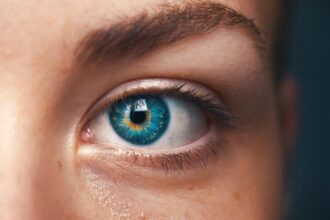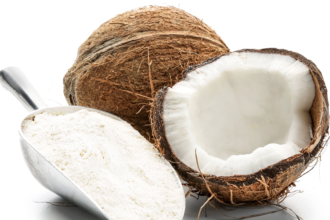Born on 27th January 1824, Jozef Israels was a Dutch painter who was renowned for leading the landscape painter group named Hague School. Although his mother wanted him to become a rabbi, he fought through hardship to create a professional – and proficient – artistic career, which is still celebrated over one hundred years after his death.
Despite neglecting his mother’s own aspirations for his future, he didn’t turn his back on the Jewish faith. In fact, his detailed and intricate work as a Jewish painter arguably did more to honour the religion and educate others on a more widespread scale than he would have achieved as a rabbi in the town of Groningen.
“The Jewish Wedding”, for instance, is one of his most notorious works. This is mainly due to its simplicity and unique, subtle beauty, but also its ability to tell so much about orthodox wedding ceremonies through one scene alone. With this in mind, here is a close-up look at Israel’s Jewish Wedding and how it presents the traditional Jewish ceremony:
The Chuppah
One of the first things to notice about “The Jewish Wedding” is that the kallah (bride) and chatan (groom) are standing underneath what looks like a woven blanket. This is, in fact, known as a chuppah, which is a four-columned canopy used to cover the kallah and chatan to create a sanctified space.
The couple in the painting are also depicted in bright sunlight, which not only symbolises happiness but reveals the Ashkenazi custom for chuppahs be placed under the open sky, symbolising the blessing that God gave their forefather, Abraham.
Kiddushin
It is also noticeable that the chatan is directing his focus down towards the kallah’s fingers, where he is likely carrying out the part of the ceremony known as kiddushin. This is where the bridge accepts a symbolic payment – or a signed contract known as ketubah – from the chatan. Although this has traditionally changed in variations over the years, this payment most typically (especially from the nineteenth century onwards) comes in the form of a ring, which is placed upon the kallah’s finger whilst prayers are said over a glass of wine.
As for the ring itself, the type of metal is not revealed in the painting, leaving it up to the viewer’s interpretation. There are many different types of Jewish wedding rings with a traditionally popular choice in Judaism that can be found on nadavart.com, and is a Hebrew ring which spells out “yevarechecha hashem” – meaning “may God bless you and safeguard you”.
Darkness Informs Ketubah
Towards the end of the ceremony, the reading of the ketubah is carried out, and the chatan breaks a glass under his foot. This is the part of the painting which effectively shows the meaning of Jewish weddings to the reader without telling them. The breaking of the glass symbolises the destruction of the Second Temple, which reminds the couple and the assembled party that they must be mindful of unhappiness and struggle even at times of celebration.
In the painting, it is likely an informed decision by Israels to frame the ceremony in almost bleak darkness. In amongst this darkness, the faces on the group are happy and content, with the chuppah itself painted in a stark white, almost more vivid than the dress of the kallah herself. In this way, the painting symbolises the darkness in the world but also the ability of the Jewish people to find community and love with one another, shielded underneath the chuppah itself as a divine symbol of God’s protection.















